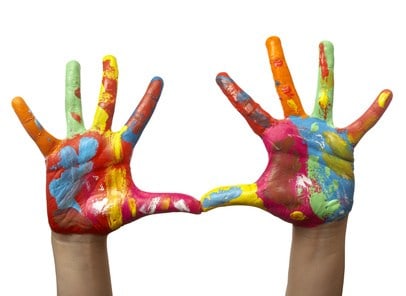When you are used to deliver workshops and training sessions, it is often also good to be part of other people’s. Yesterday I had the privilege to be invited to a play learn workshop to generate new ideas for a learning organisation. I always found brainstorming a fun activity. In the first instance we were tasked with designing a game around someone’s expert passion with a specific format of intended learning objectives in mind. Then the designed game had to be played by another team.
I am not sure we left our game in a playable format, but there were some good elements in it. The rules needed fine-tuning and some of the practicalities evened out. The game our team went on to play was actually more developed, we still had to make up some of the game play instructions and scoring system, which added an additional element of fun. It is in the play testing phase where you see if the project can fly or not.
The players give you feedback on what to improve and by observing them play, you also see if your intended objectives are being achieved or not.
We often hear from the corporate sector how they want everything right first time and we keep explaining that in gamification and game design the play testing and prototyping phase brings new input that will make you change the game. Often the play tests show something doesn’t work fully or should be re-worked. Comfort with play is essential. Secondly, also openness to feedback and iterations, these are all essentials in design. Most play testing is also done with paper prototypes and other physical helpful tools like card decks, story cubes, play-do, lego, etc.
Feedback criteria also help the focus of the design feedback conversation to be around specific themes. It helps having to avoid just having discussions about personal preferences. Typical criteria could be around the intended objectives, win-conditions, game-play and game flow, rules, to name a few. Either way giving this area structure will lead to a better overall design and design feedback.
What other criteria do you usually add in evaluating your designs?




